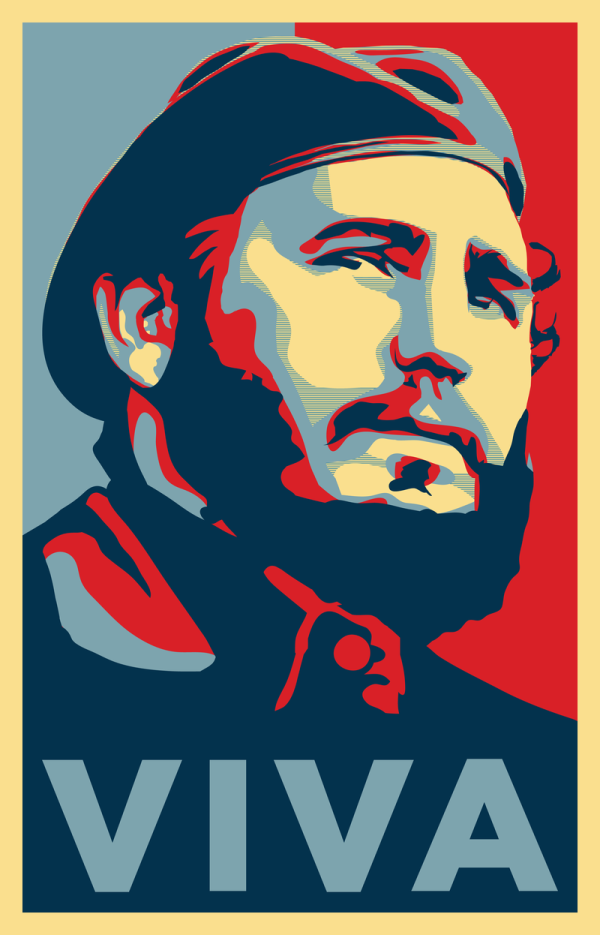MIAMI HERALD: On Dec. 2, 1956, Castro, Guevara and 80 followers reached the shore of Cuba’s Oriente province in a battered American cabin cruiser, the Granma, wretchedly seasick after a seven-day voyage. The men leaped into hip-deep mud and struggled through a mangrove swamp to reach land. Most were killed or captured in the first hours.
Only 16 made it safely to the 4,500-foot ridges of the Sierra Maestra. There they began a guerrilla campaign to oust Batista, who was backed by a 40,000-strong security force equipped with tanks, artillery and U.S.-supplied warplanes. Castro’s force, however, slowly began to grow. He recruited peasants as guerrilla fighters and organized intellectuals and middle-class followers into an urban underground railroad of funds and supplies.
His recruiting was aided immeasurably by his skills at propaganda and psychological warfare. Castro’s greatest ploy was luring a New York Times correspondent named Herbert Matthews to his mountain camp. Though the rebels had barely 20 bedraggled men, Castro marched the same group past Matthews several times and also staged the arrival of “messengers” reporting the movement of other (nonexistent) units. Matthews, convinced Castro controlled a huge army, wrote: “From the look of things, General Batista cannot possibly hope to suppress the Castro revolt.” A wave of favorable coverage followed in the foreign press, and with it, international support.
During the war, Castro’s already profound anti-U.S. feelings deepened when he saw American-supplied bombers used against his positions. “The Americans will pay dearly,” he wrote to Celia Sánchez at the time. “When this war is over, a much longer and bigger war will begin for me: the war I will make against them. I realize that this will be my true destiny.” MORE

